Pietrapertosa is a municipality in Basilicata, in the province of Potenza. It is the highest village in the entire region and is built close to the peaks of the Lucanian Dolomites in the Gallipoli Cognato Piccole Dolomiti Lucane Park. Pietrapertosa is one of the most beautiful villages in Italy and is considered one of the 20 most beautiful villages in Italy.
The village, nestled in the rock, forms a unique and enchanting landscape, with an arch at the highest point of the large cliff above it, with a hole visible from miles away. It is this hole that gives the village its name, as Pietrapertosa means “perforated stone”.
The ancient village of Pietrapertosa has retained its original appearance over the centuries, and the castle on the edge of the highest cliff confirms its role as a stronghold in medieval times. The village winds along the side of the mountains that surround and protect it. In the upper part, nestled in the rock, is the Arabata, the oldest district, whose origins are Arab-Saracen. It consists of small houses wedged together and leaning against the steep rock, forming a labyrinth of narrow streets and stairways, a district that has not changed over time.

Pietrapertosa
History
Pietrapertosa has a rich history of invasions, dominations and foundations that are still reflected in its architecture and traditions. Although the origins of the town's foundation are uncertain, the most credible hypothesis places it in the 8th century BC, founded by the Pelasgians, who settled in the lower part of the town.They were followed by the Greeks, who came from the Ionian coast, and later by the Romans, who built a fortress in Pietrapertosa, where the church of San Francesco now stands.
During the period of the barbarian invasions, the village was occupied by the Goths and Lombards, before passing under Byzantine rule, a period in which the architecture that makes it so distinctive today flourished. Over time, there were invasions by the Aragonese, and several families played a decisive role in the history and development of the village.
Pietrapertosa then took part in the anti-Bourbon uprisings of 1820 and 1848, and in 1860 part of the population joined the expedition of the thousand, while a few years later, the village became involved in the phenomenon of brigandage.
History and culture coexist in Pietrapertosa in an indissoluble bond, recounted by the splendid architecture that can be seen during a visit to the village.
Culture and nature landscape
Pietrapertosa is part of the Gallipoli Cognato Regional Park and the Piccole Dolomiti Lucane.The park is one of the most beautiful areas in Basilicata, characterised by unique landscapes that amaze visitors and natural environments where you can discover and learn about the secrets that nature preserves with extreme care and resilience. Equally important are the historical and ethno-anthropological values, characterised by the inseparable relationship between man and this extraordinary natural context, which is always at the centre of local life and traditions.
Covering an area of over 27,000 hectares, the green area includes the Gallipoli Cognato forest and the Montepiano wood, consisting of imposing specimens of turkey oak, fragrant lime trees, wild pear and apple trees, maple trees, alders and the rare holly. Wolves, badgers, porcupines and wild cats live here, and birds such as peregrine falcons, buzzards and nuthatches can be spotted.
Every year, the trunk and the top of the tree are chosen in these woods to be the “groom” and “bride”, the protagonists of “La sagra du” Masc', one of the many tree rituals celebrated in Basilicata and known as “Matrimoni tra gli alberi” (Weddings among the trees) or “Rito Arboreo” (Tree ritual).
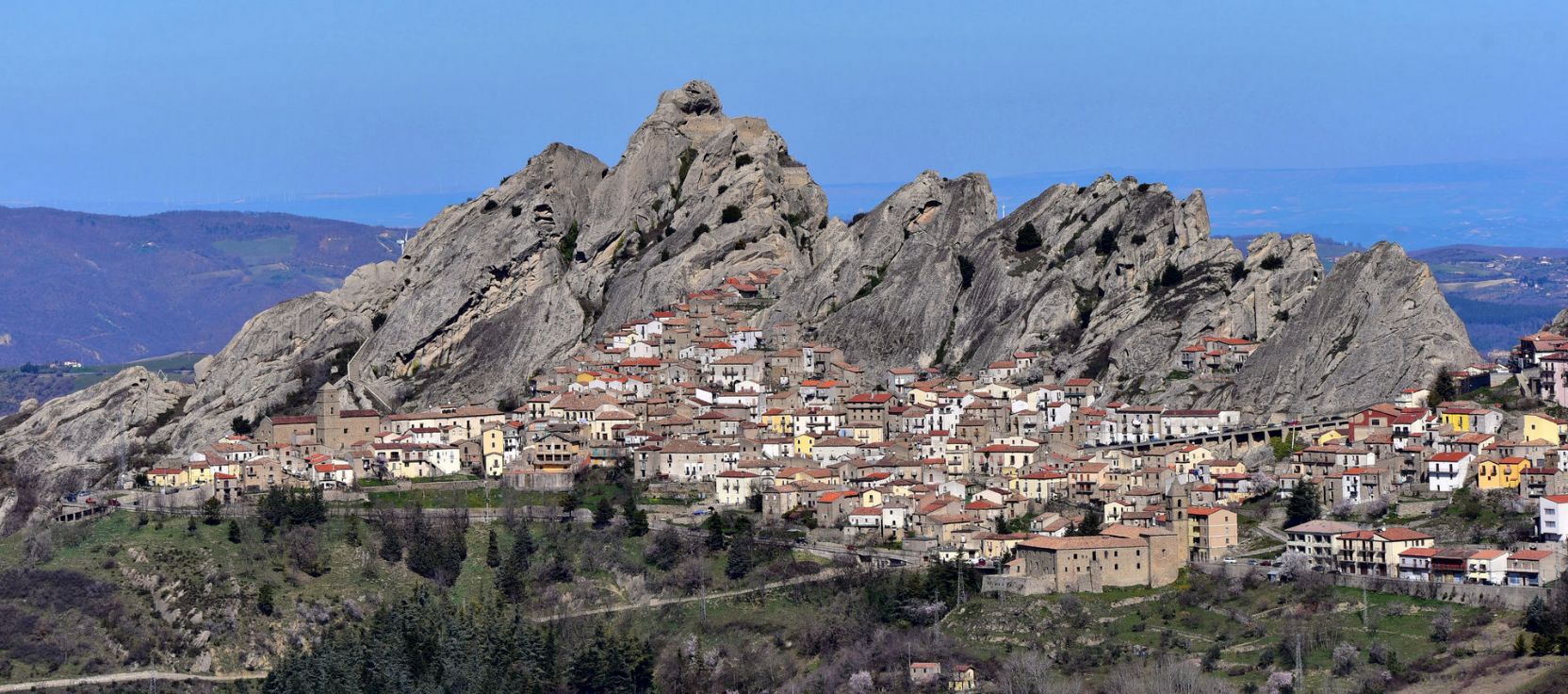
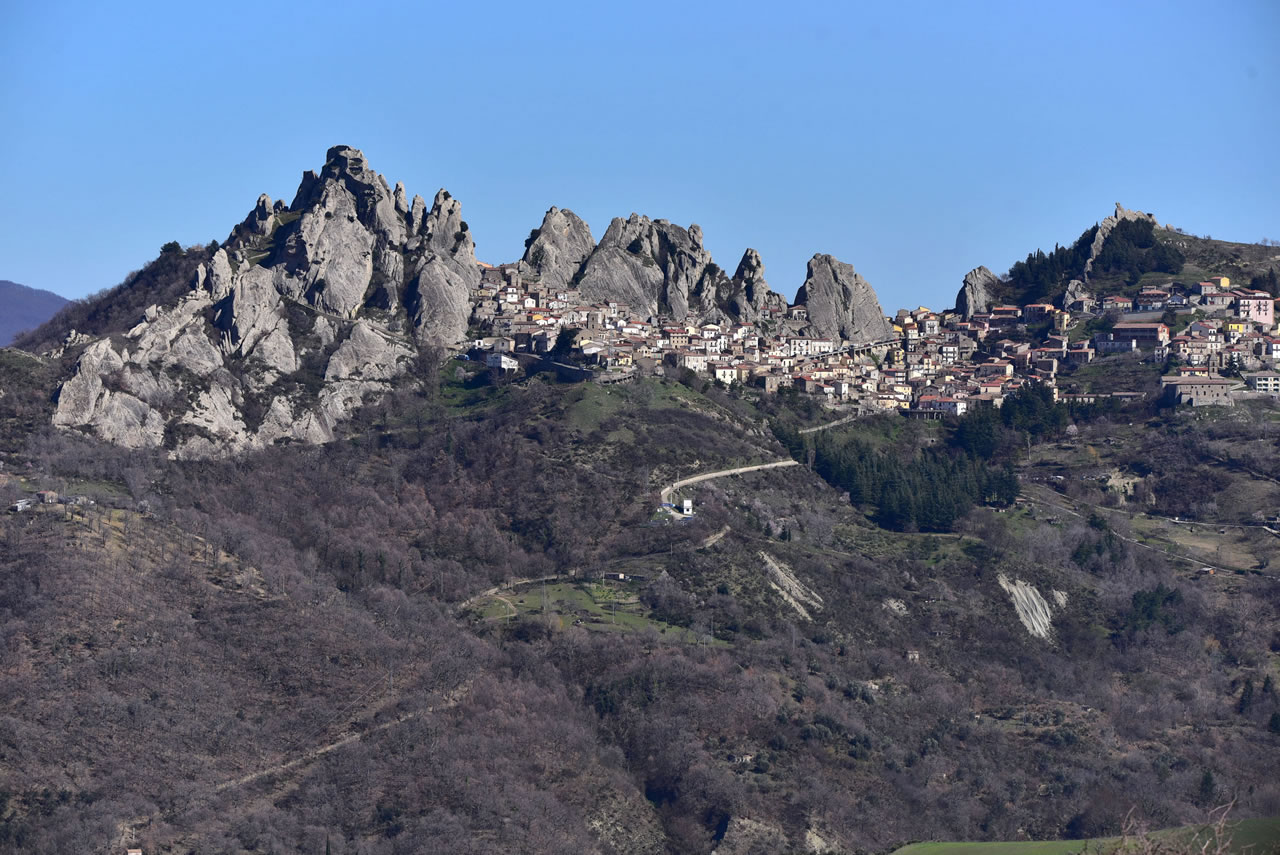
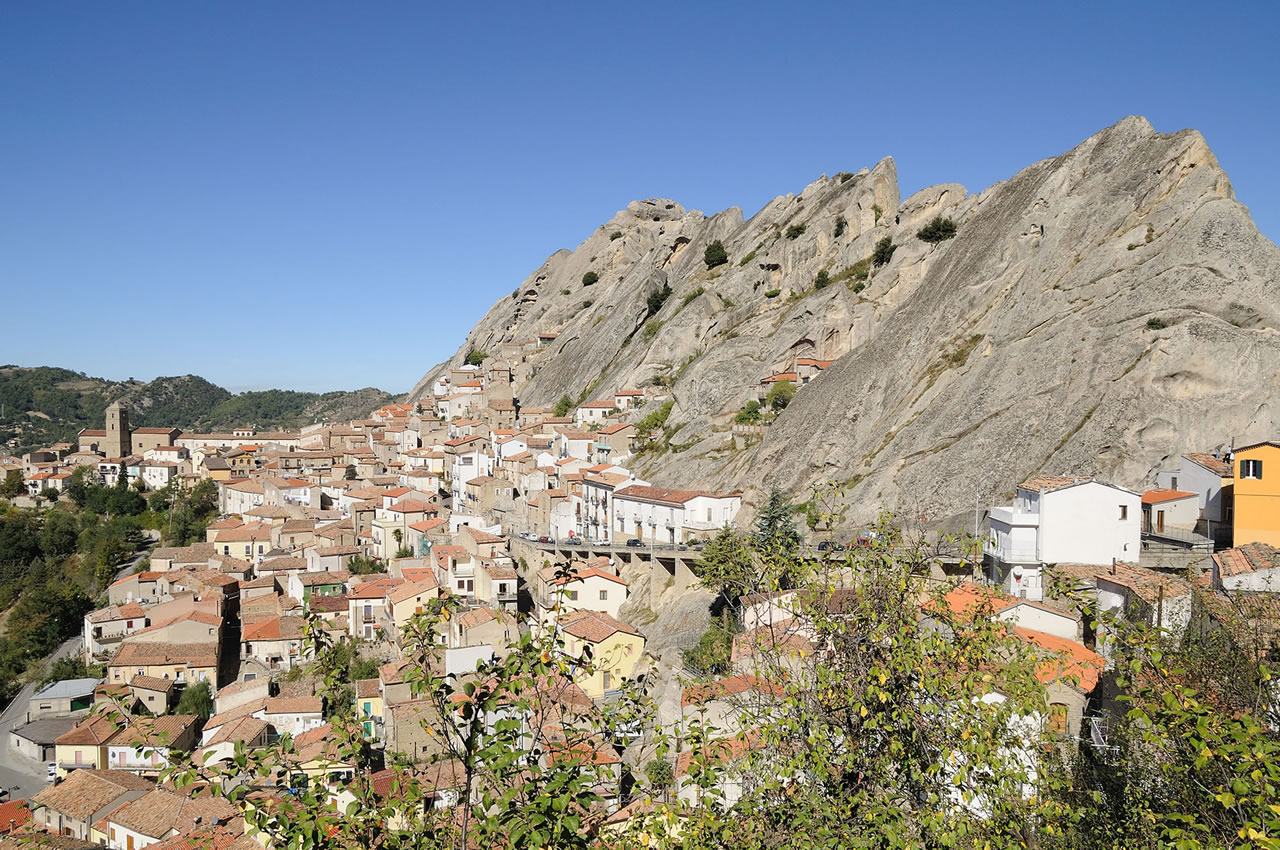
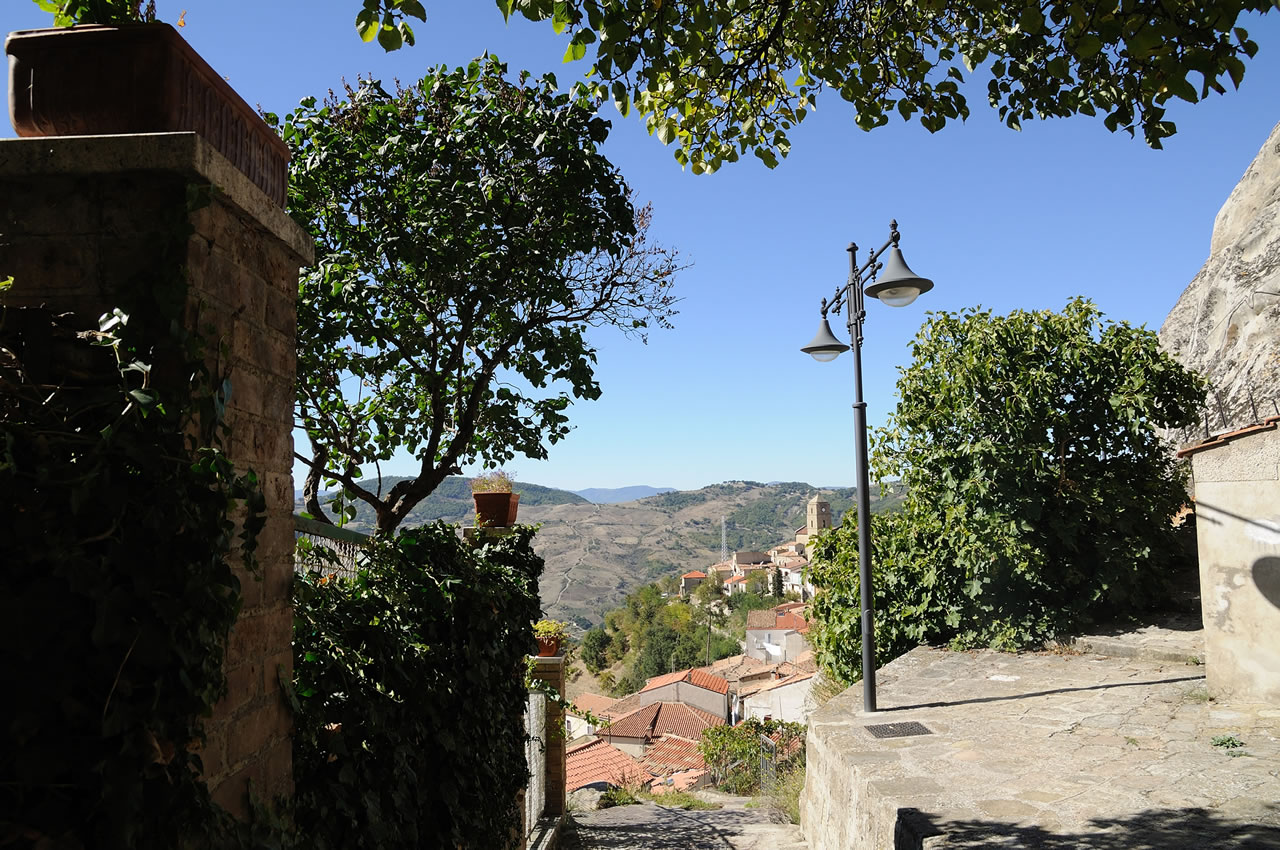
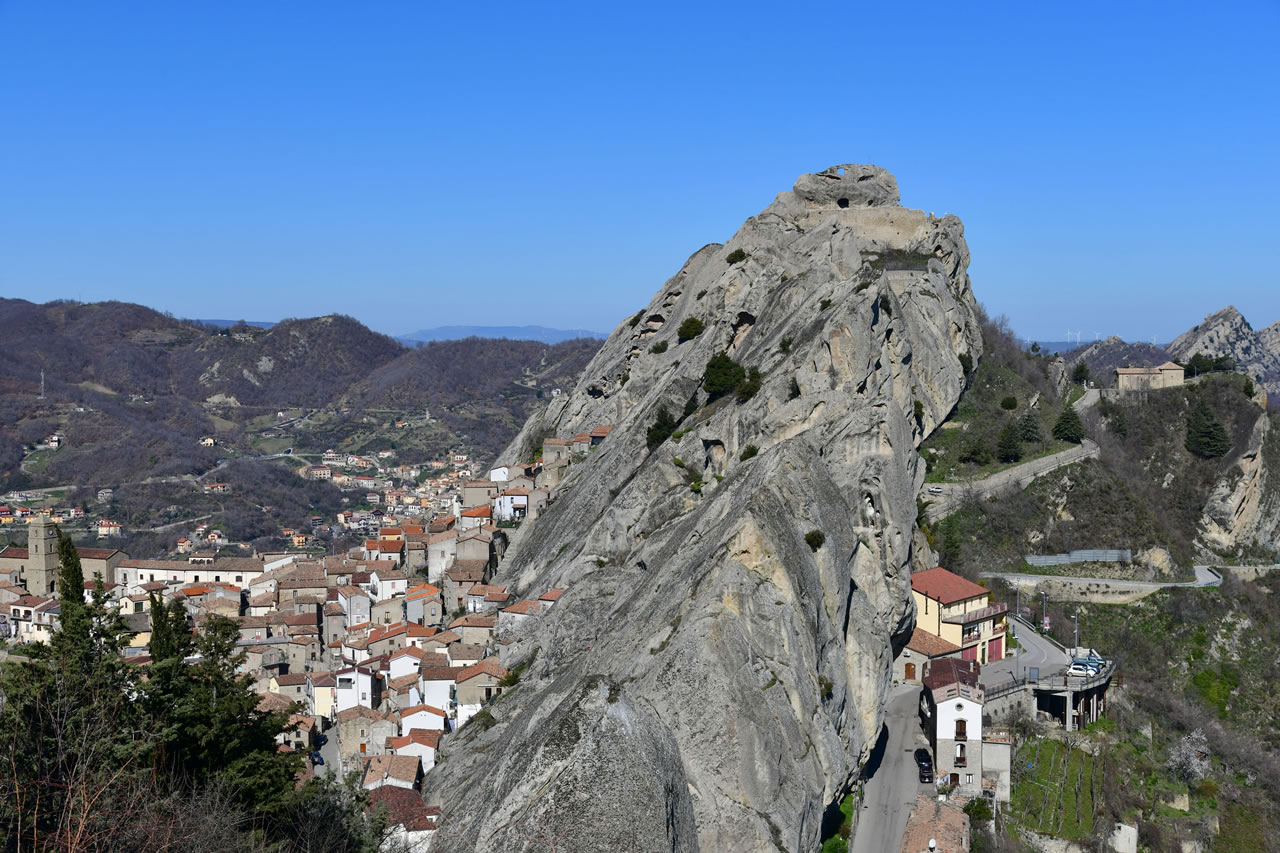
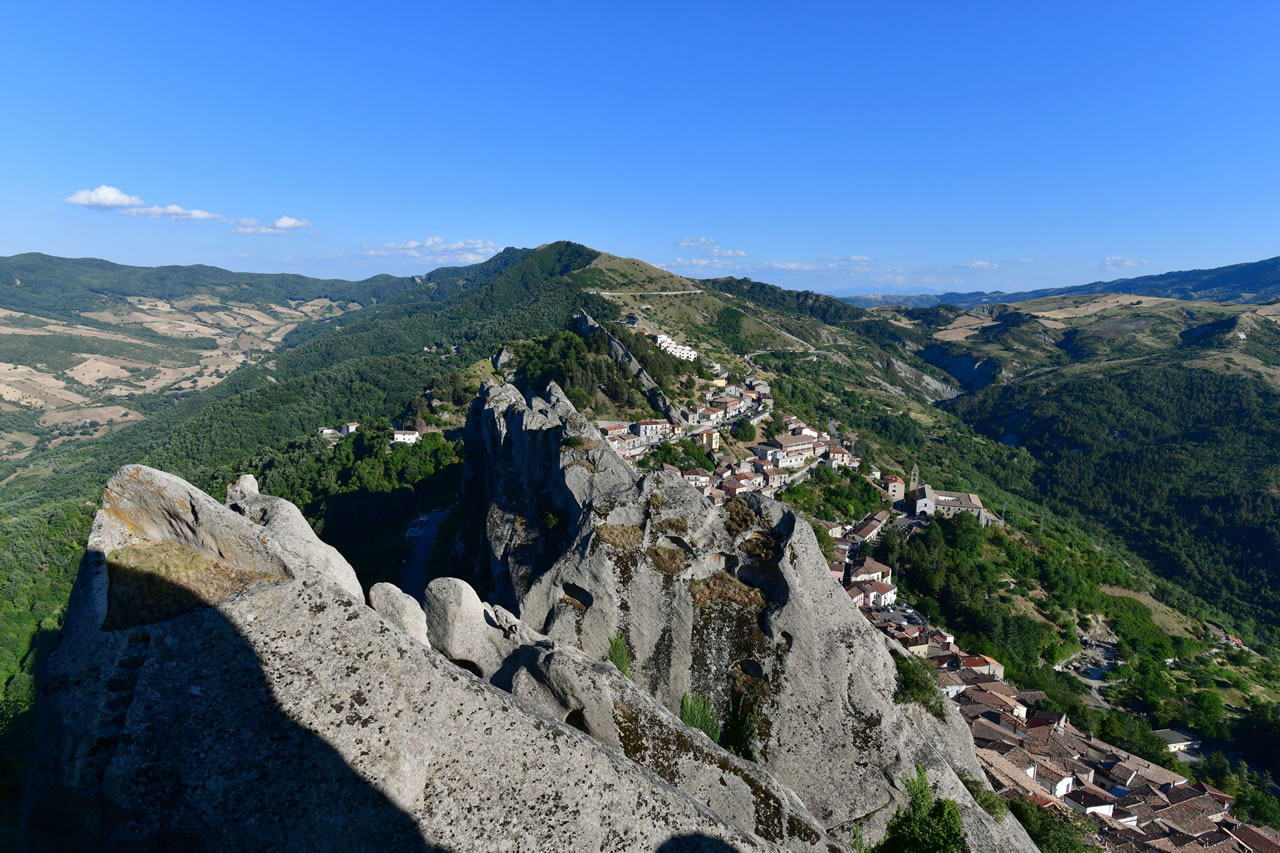
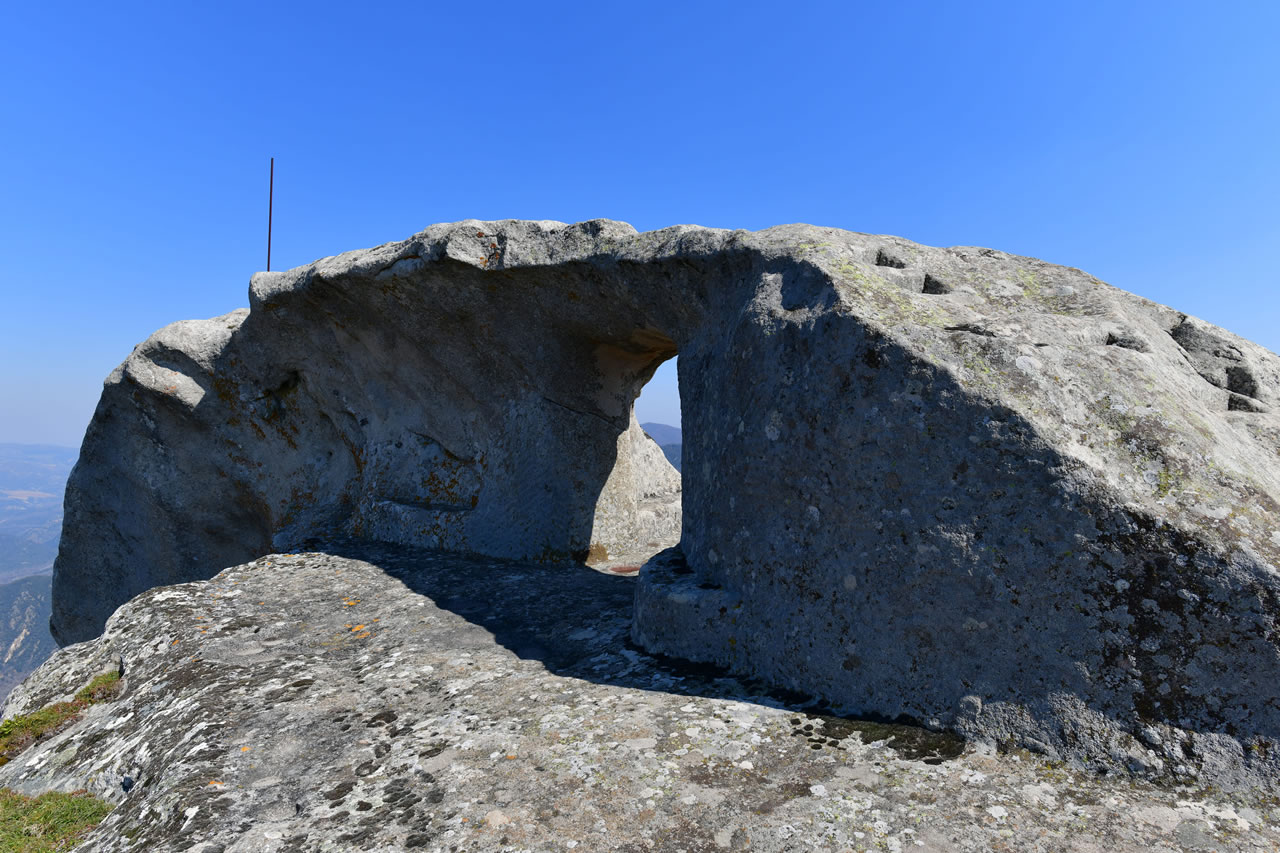
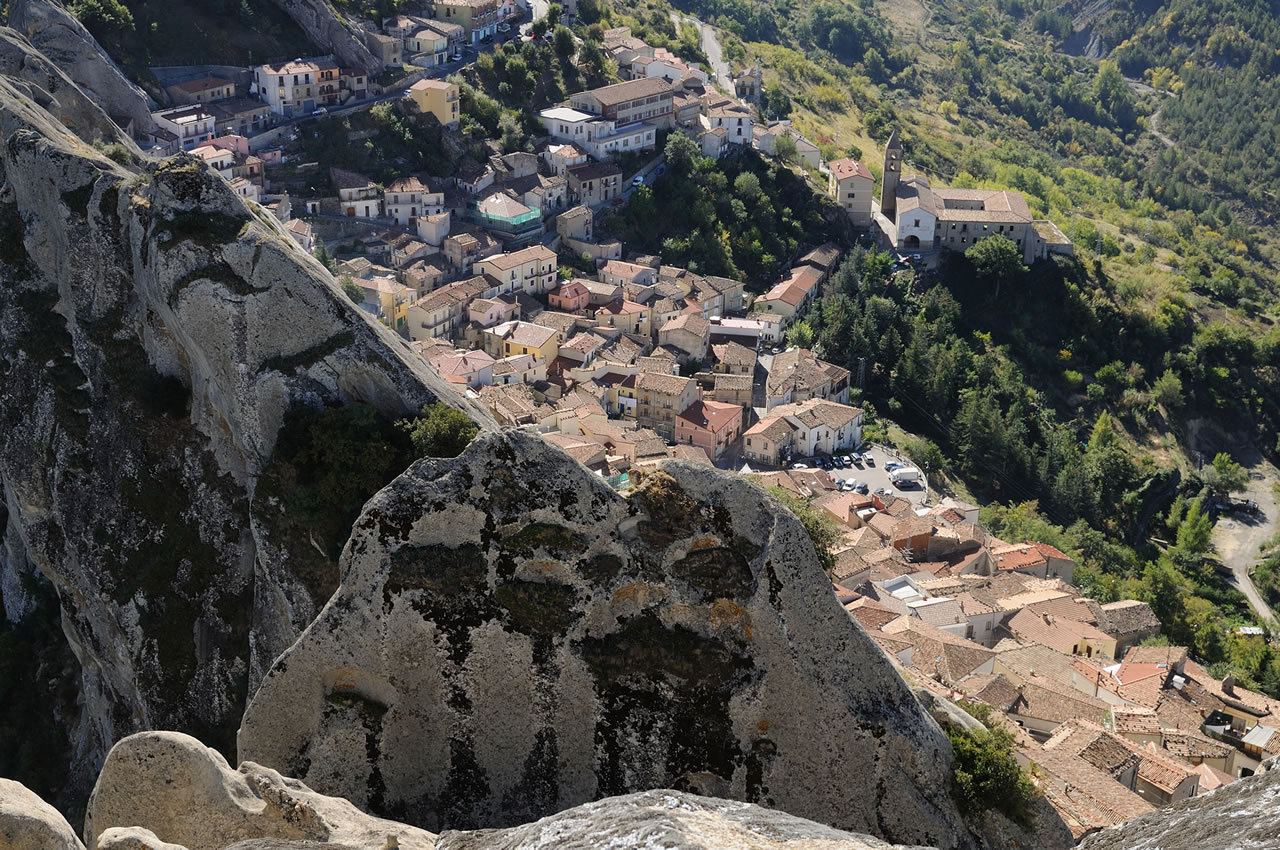
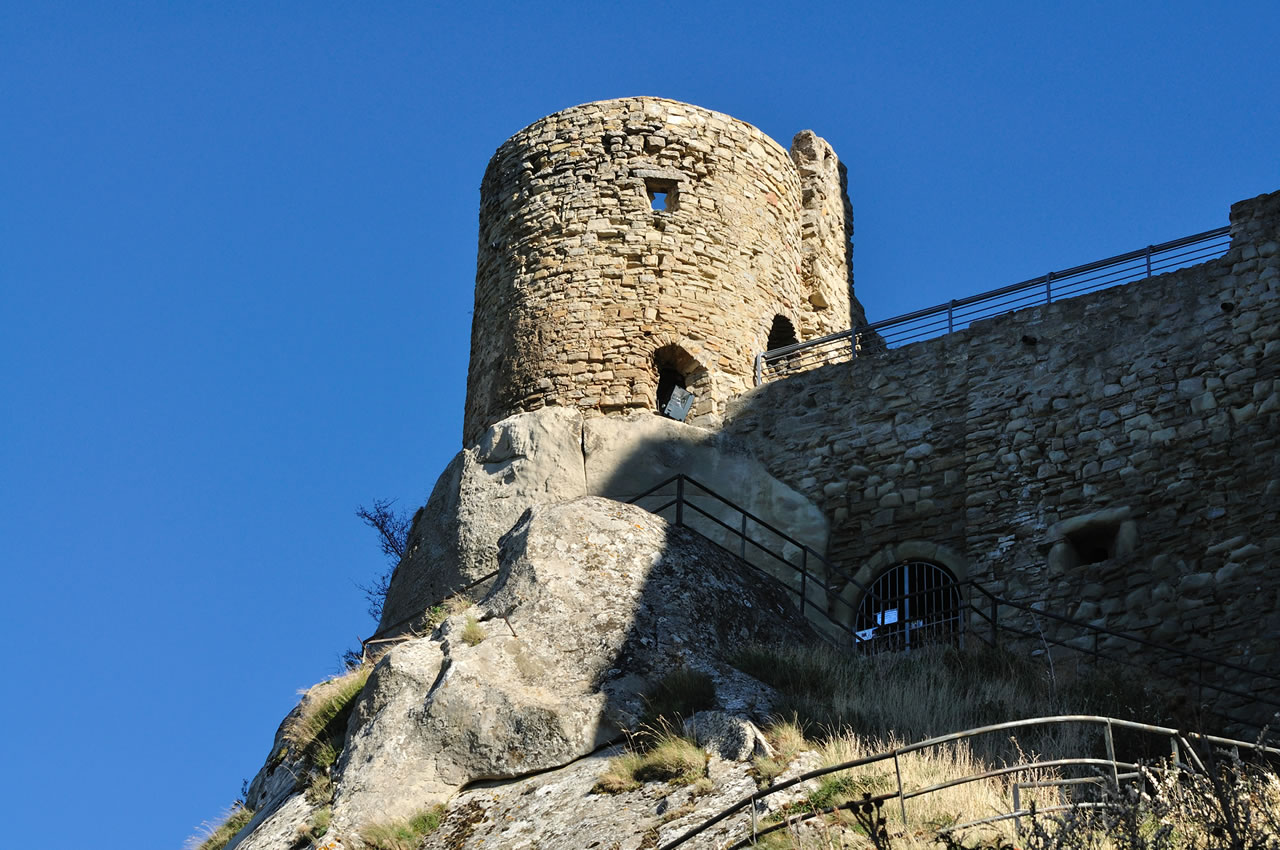
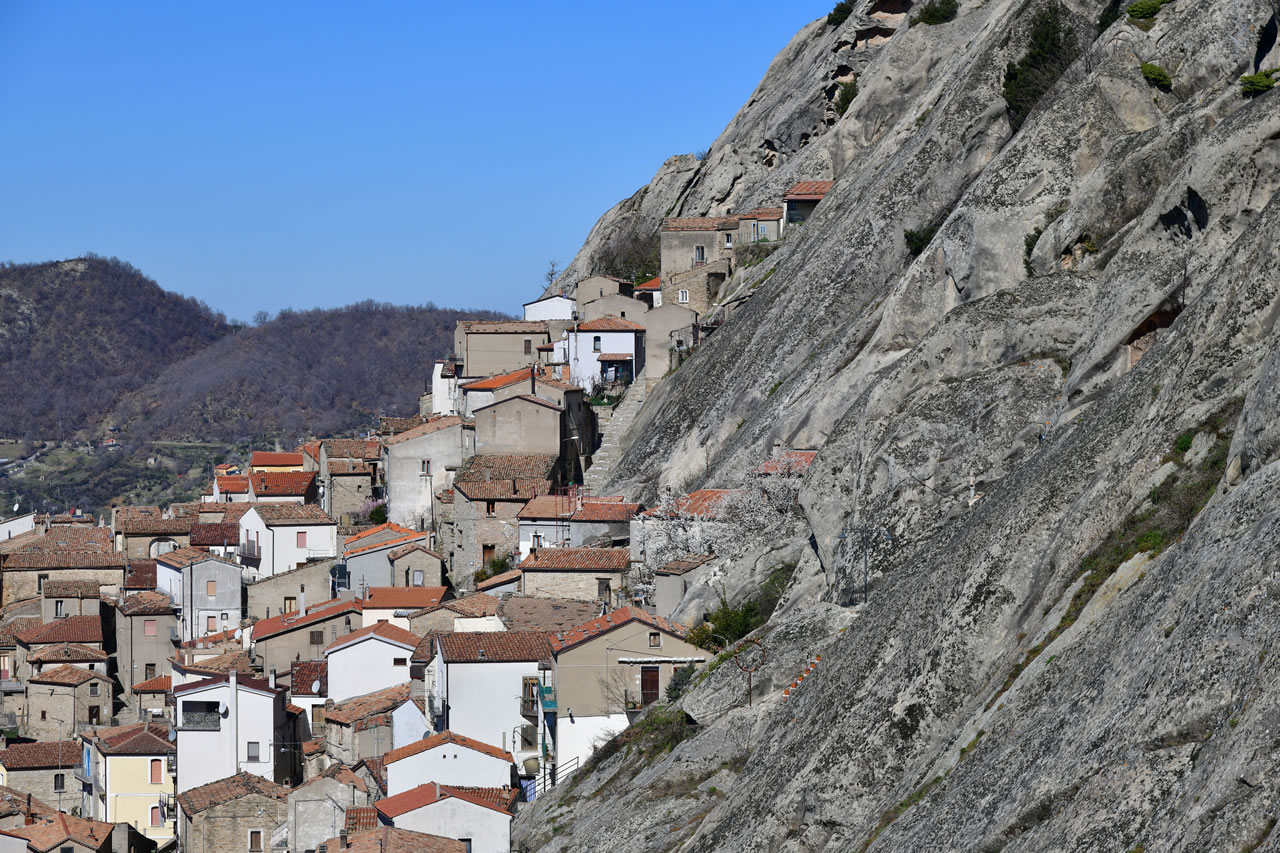
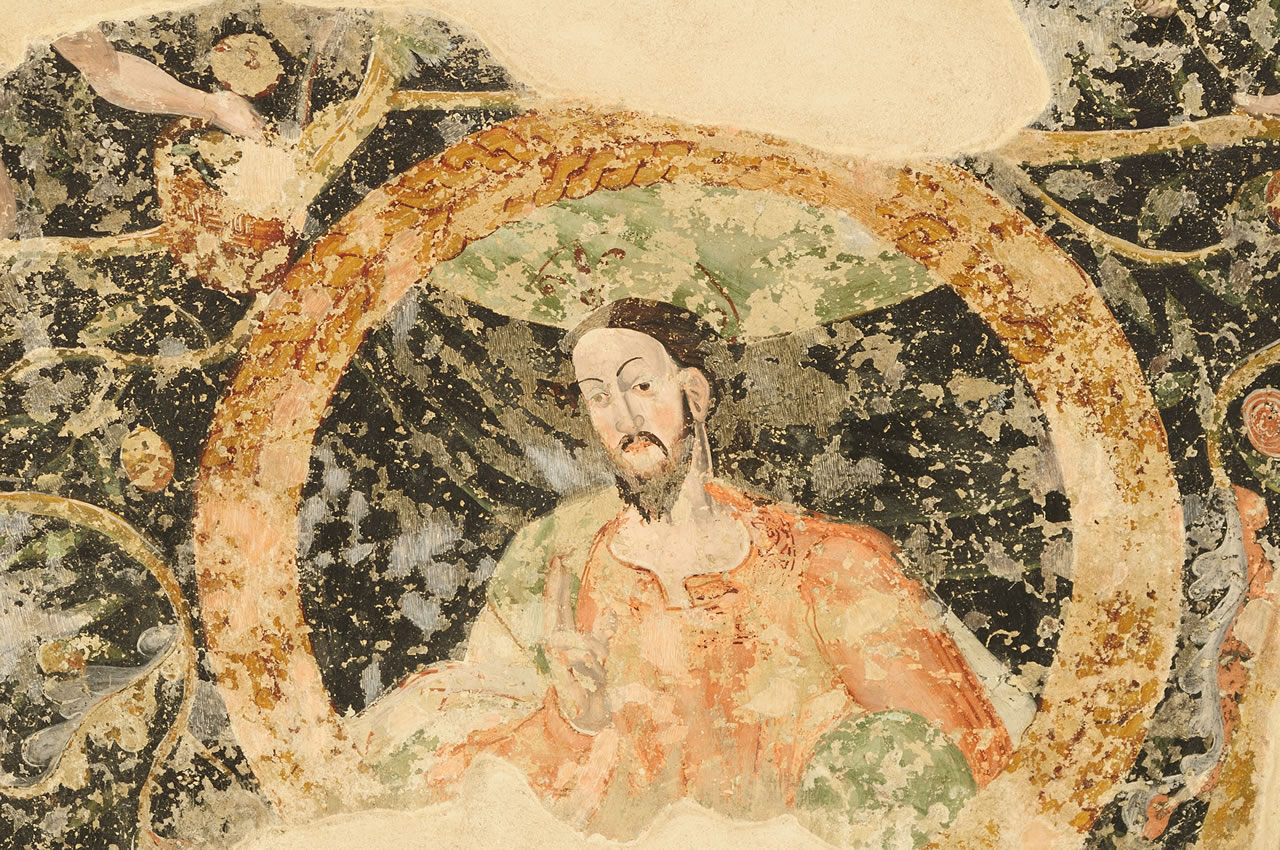
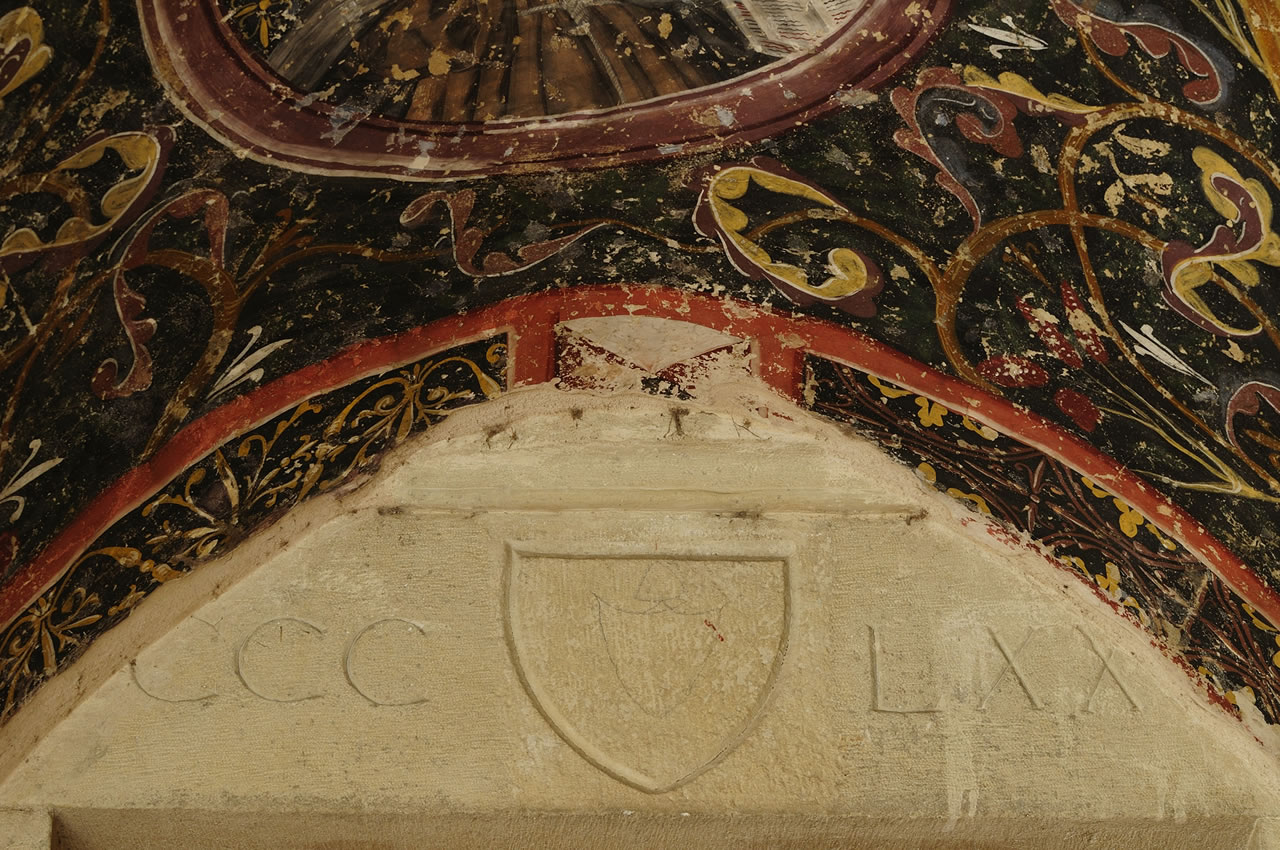
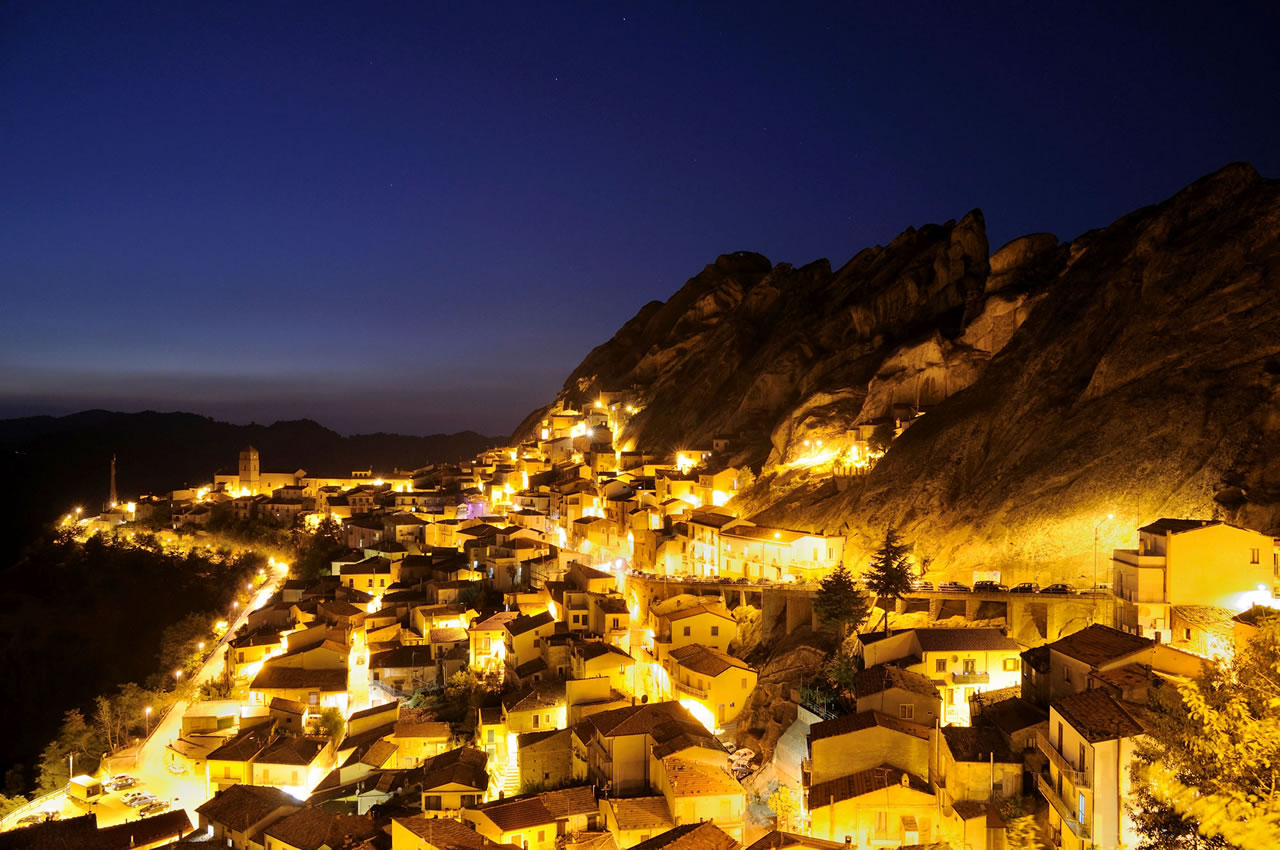
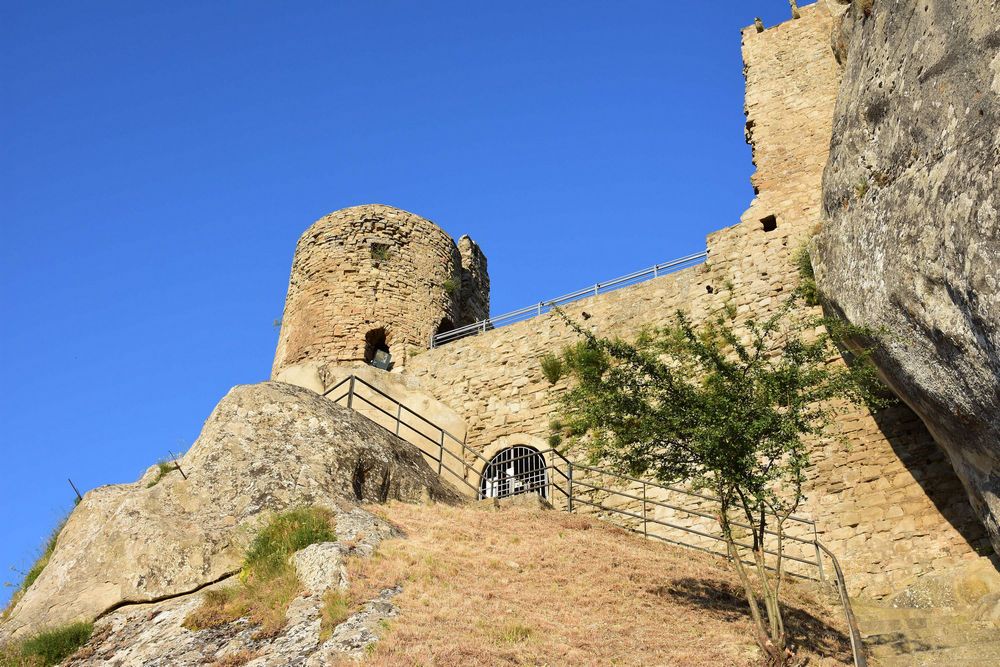
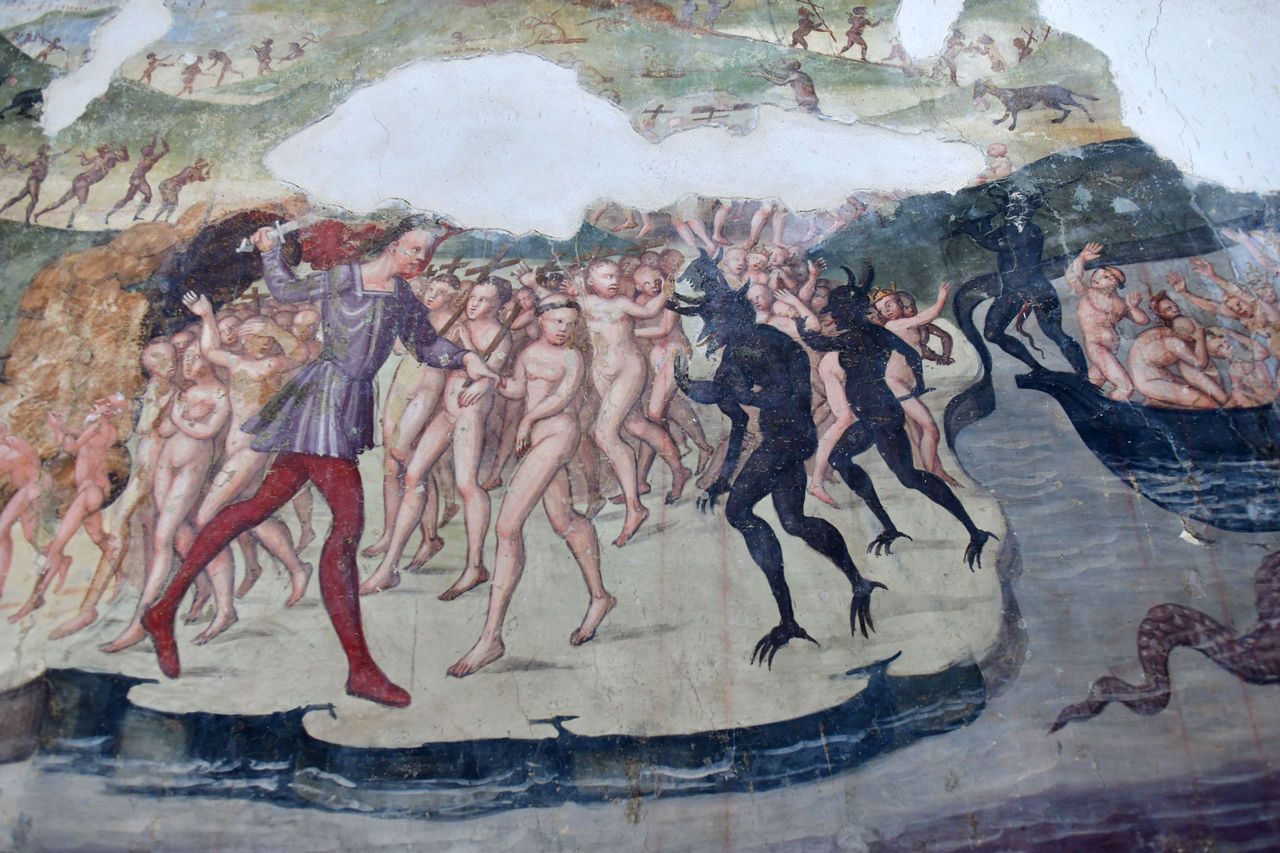
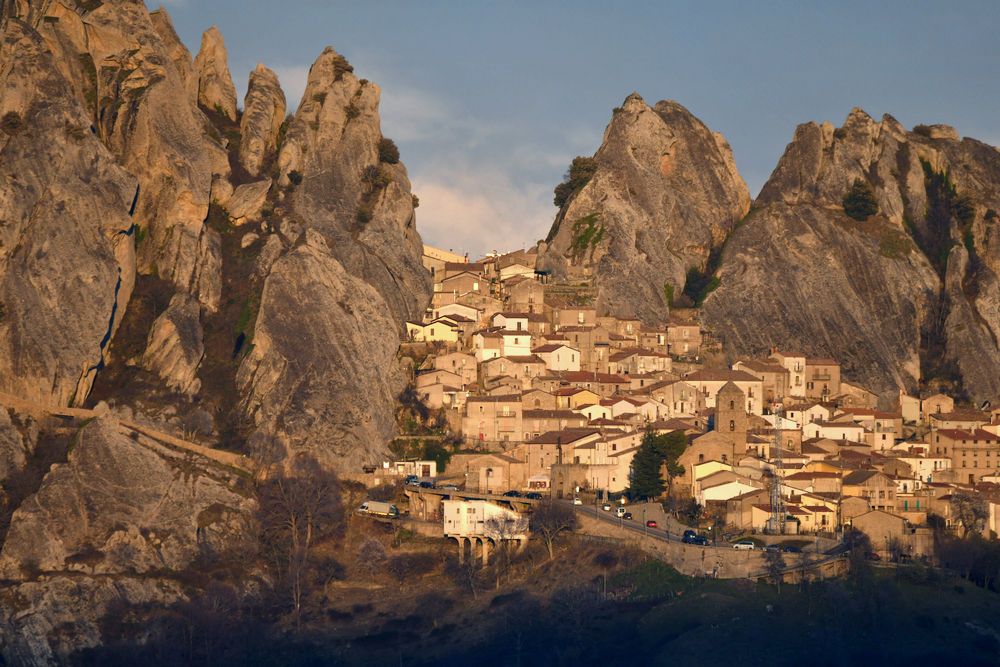
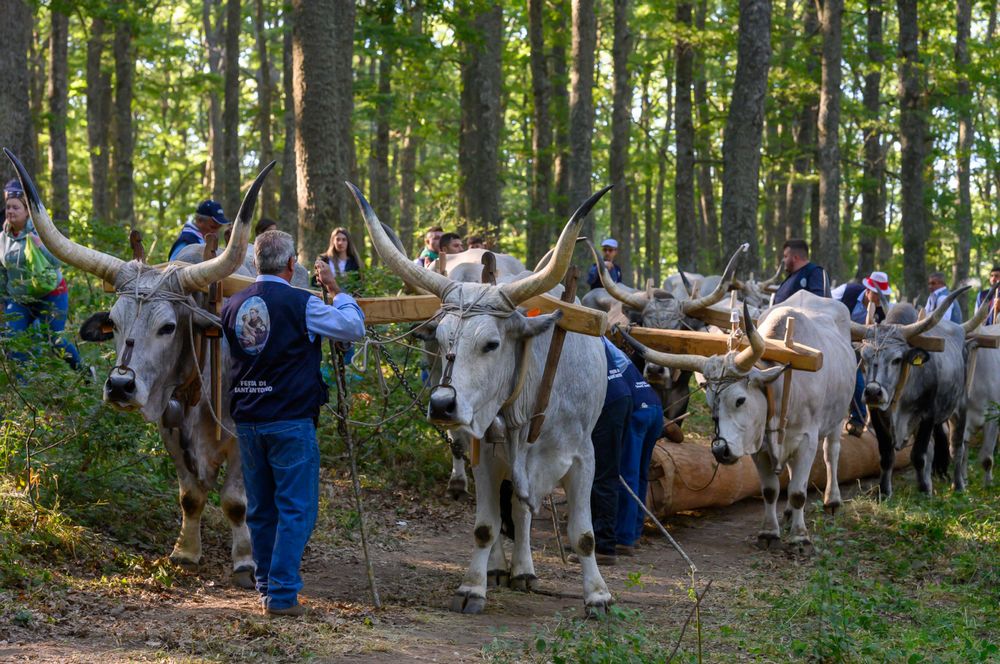

 Sito Italiano
Sito Italiano